EUROPEAN PILGRIMAGE (ID SET #4)
1/13
Earn XP
Description and Tags
EUROPEAN PILGRIMAGE (CAROLIGIAN) BUILDING IDENTIFICATIONS
Name | Mastery | Learn | Test | Matching | Spaced |
|---|
No study sessions yet.
14 Terms
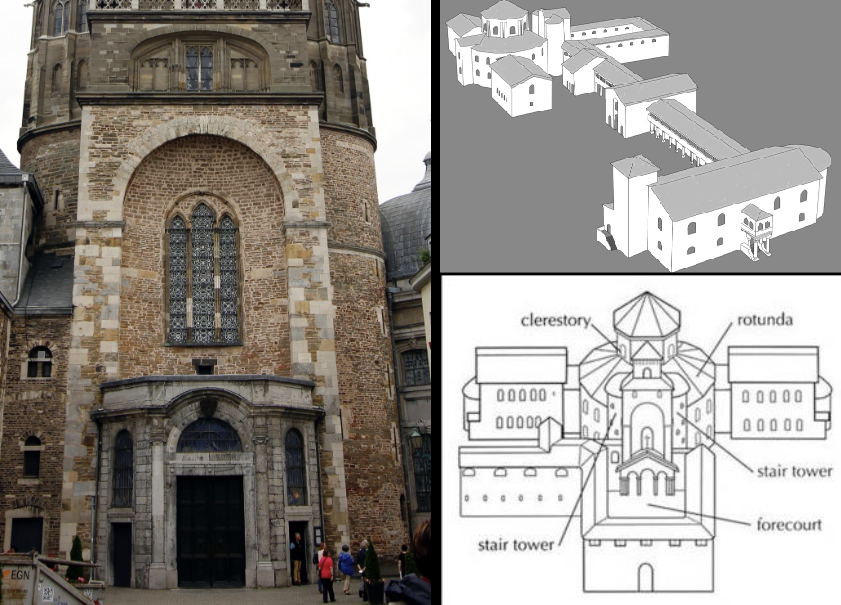
Palatine Chapel of Charlemagne, part of Charlemagne’s palace, Aachen, Germany, c. 800.
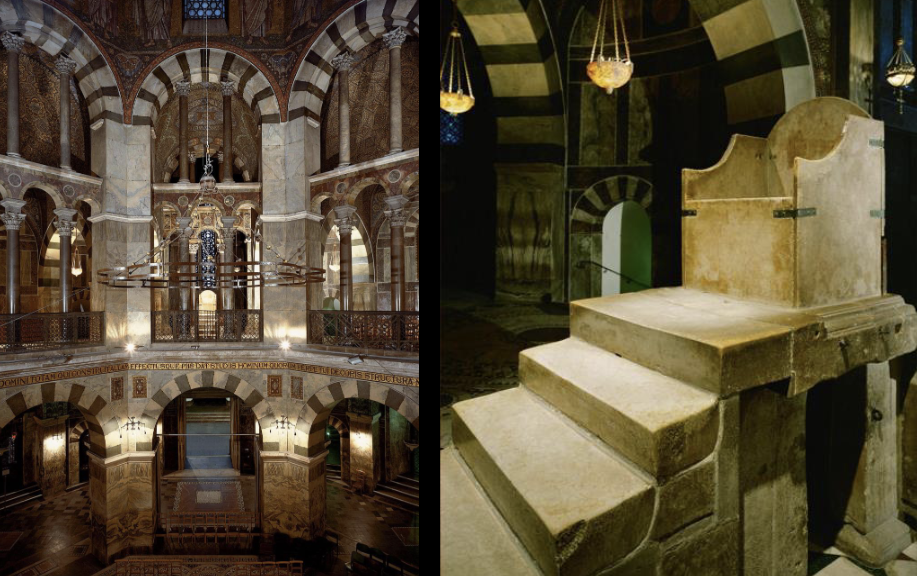
Interior of Palatine Chapel of Charlemagne (left) and marble throne of Charlemagne (right), Aachen, c. 800.
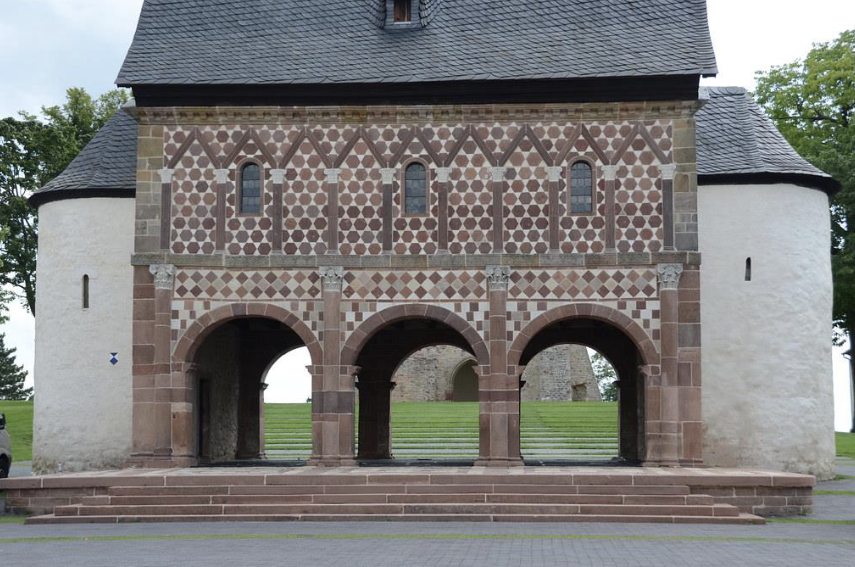
Gatehouse of the Abbey of Lorsch, Lorsch, Germany, c. 800.
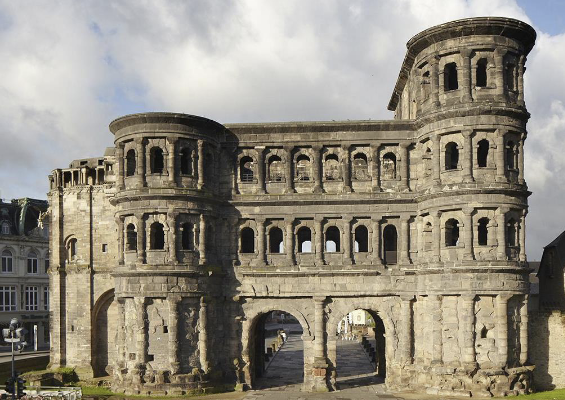
Porta Nigra, Trier, Germany, 170.
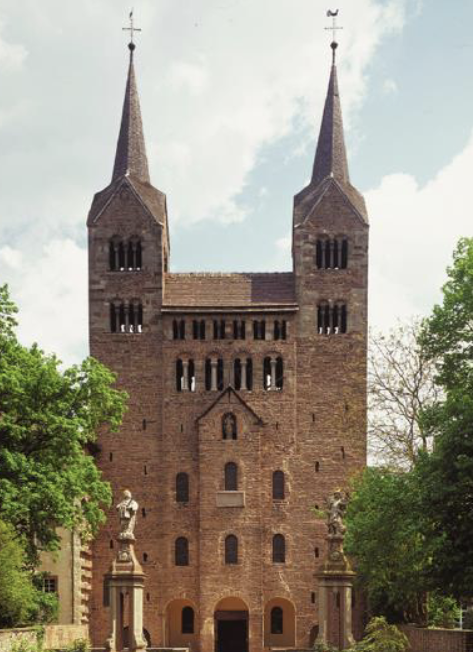
Westwork of the abbey of Covey,
Westphalia, Germany, 873. Carolingian.
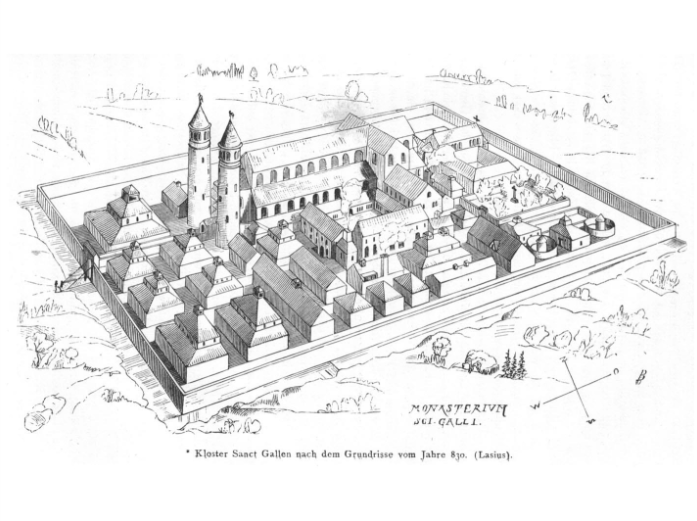
Rendering of Monastery of St. Gall, c. 820. Benedictine Order.
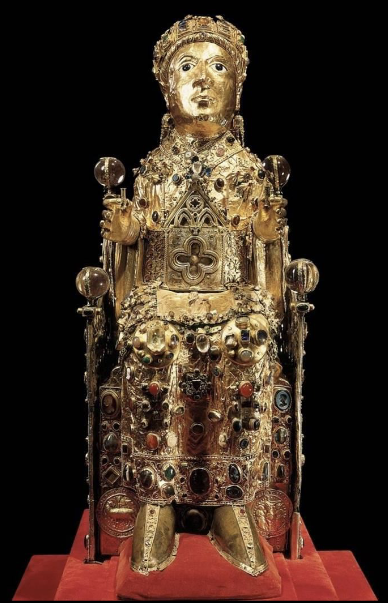
Reliquary of Sainte Foy, c. 980,
Church of Sainte-Foy, Conques, France
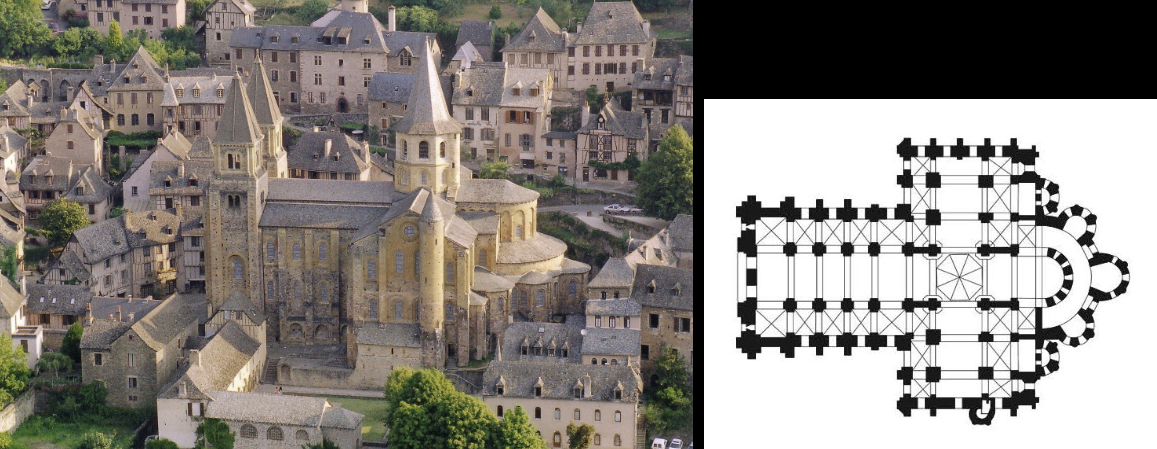
Church of Sainte-Foy, Conques, France, 1050-1120.
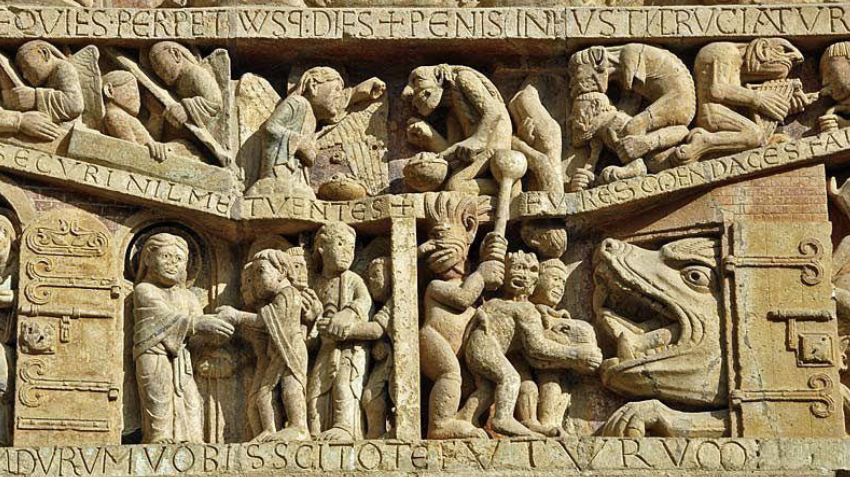
Detail of tympanum showing the Last Judgment, Church of Sainte-Foy, Conques, France, 1050-1120.
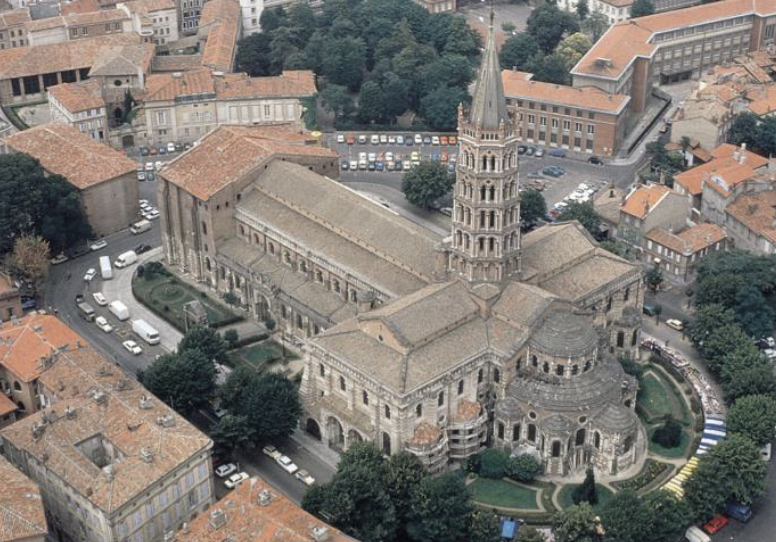
Saint-Sernin, Toulouse, France, c. 1070-1120.
One of the earliest churches to use stone vaulting.
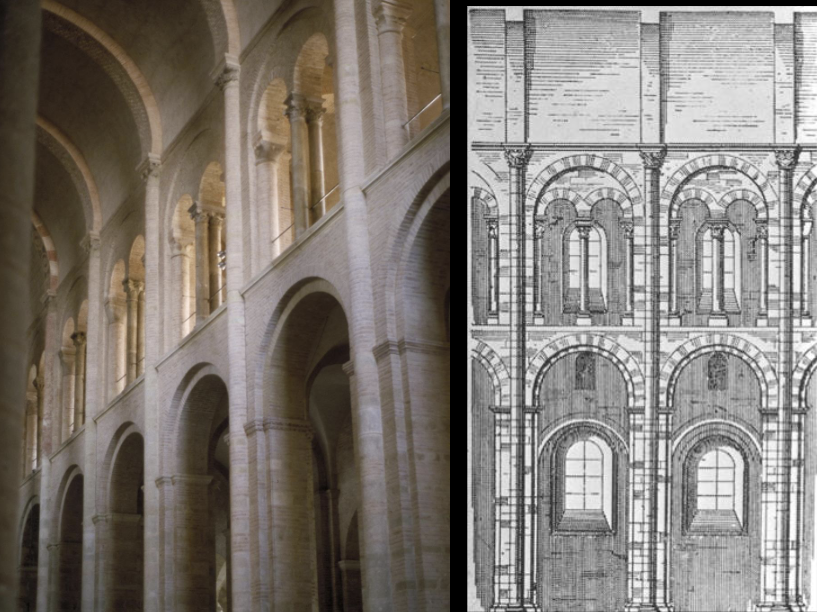
Nave elevation, Saint-Sernin, Toulouse, France, c. 1070-1120.
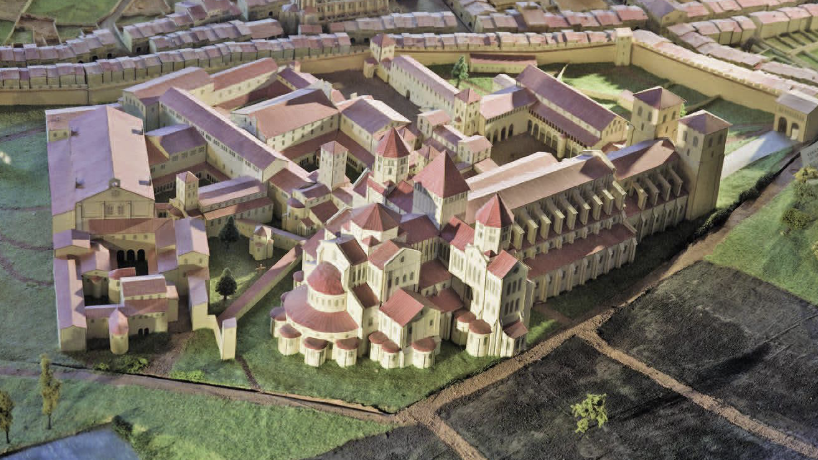
Model of convent and Benedictine Abbey Church of Cluny III, Cluny, France, 1088-1130.
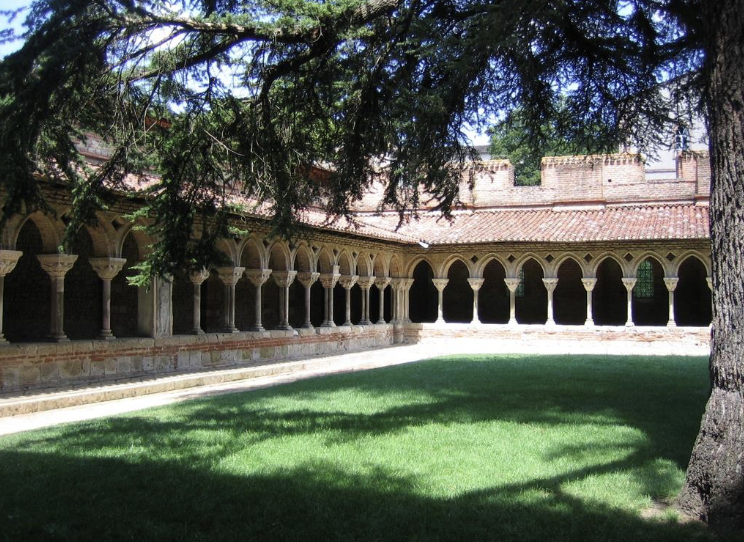
Cloister of Saint-Pierre, Moissac, France, c. 1100-1115. Cluniac Order.
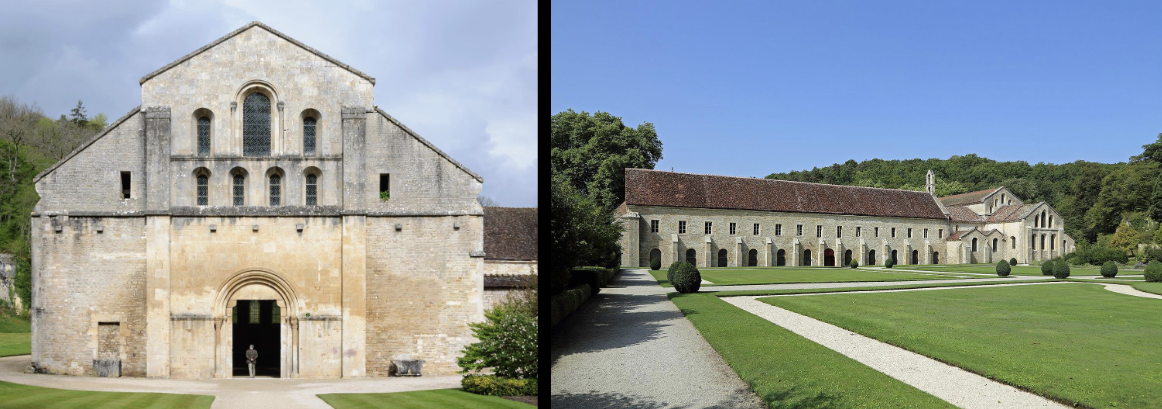
Cistercian abbey church of Notre-Dame, view of west façade and side, Fontenay, France, 1139-1147.
Cistercian Order features: austere, ascetic, simple, stripped of decoration